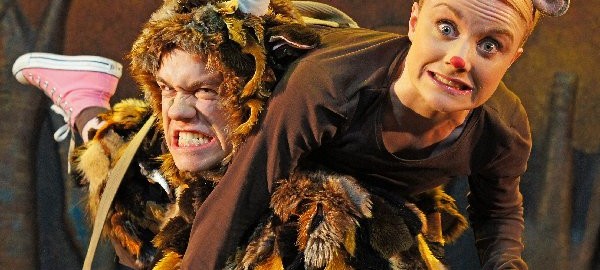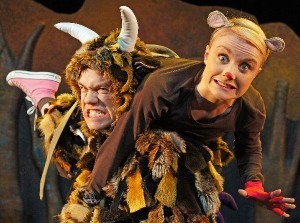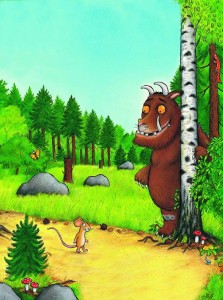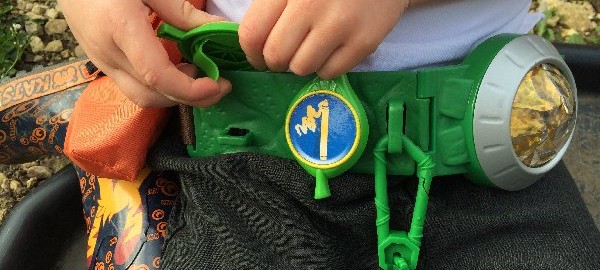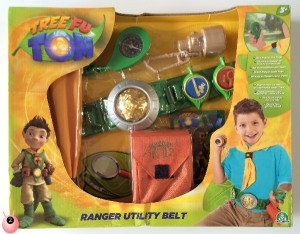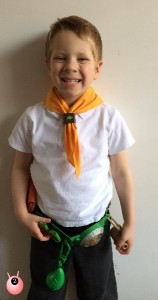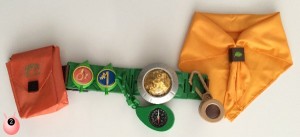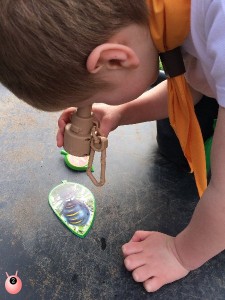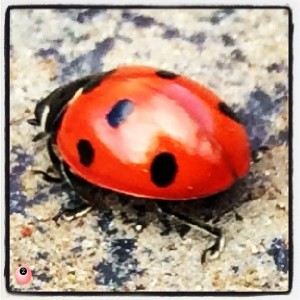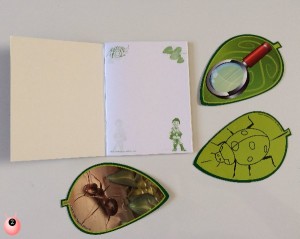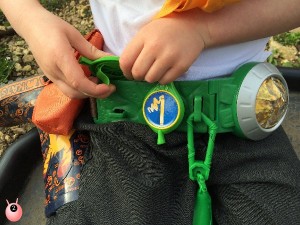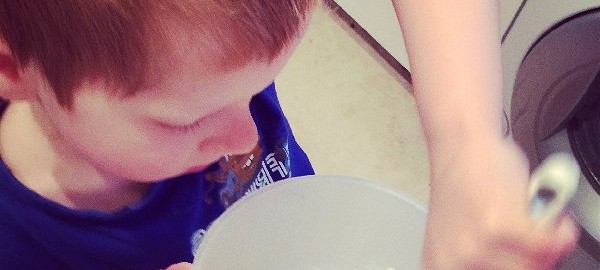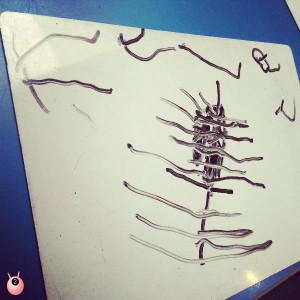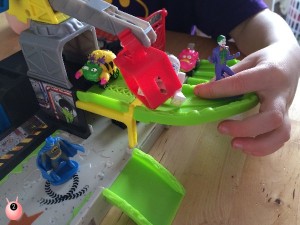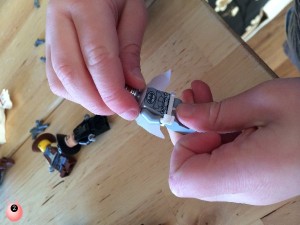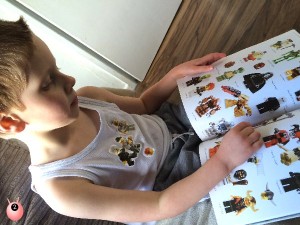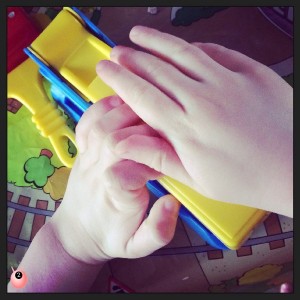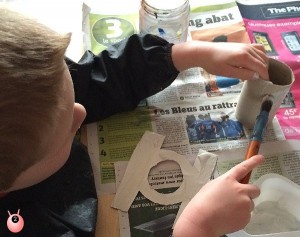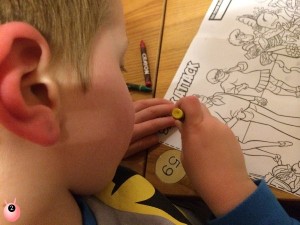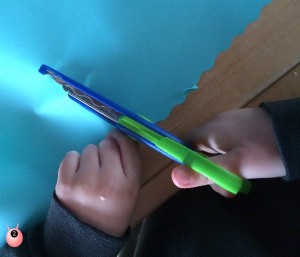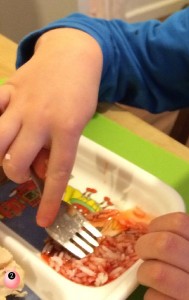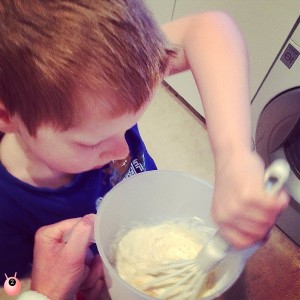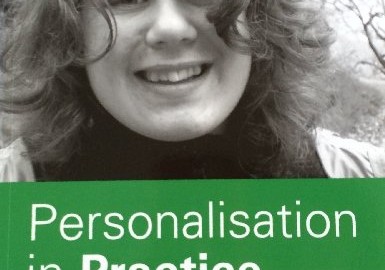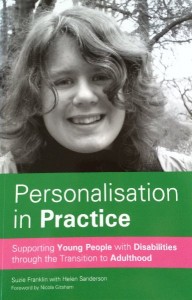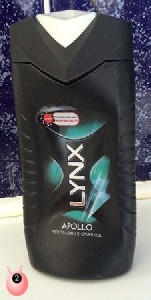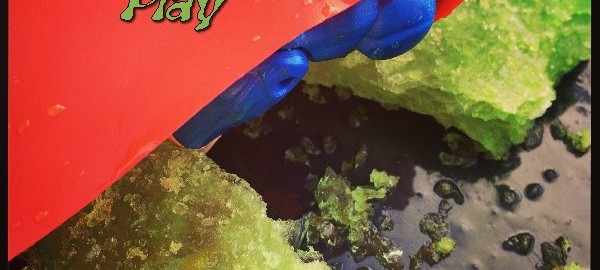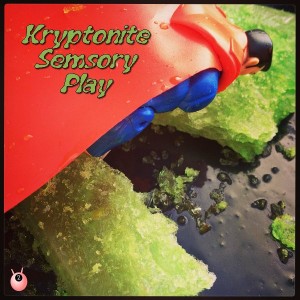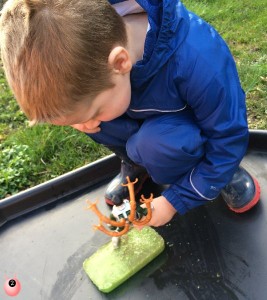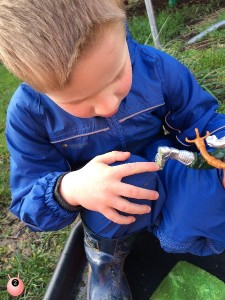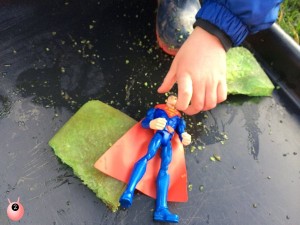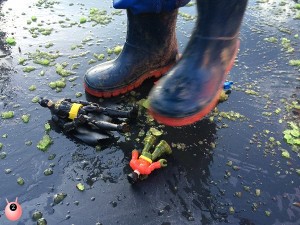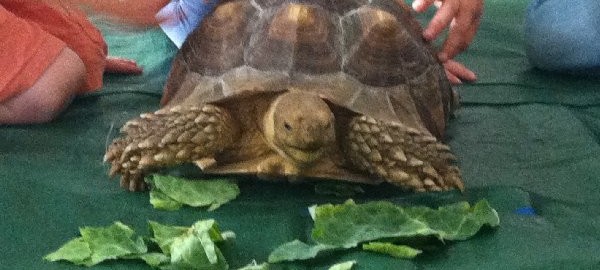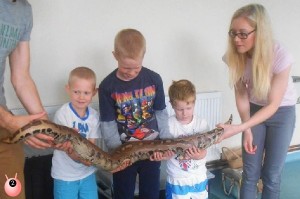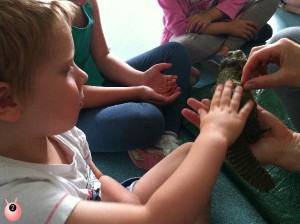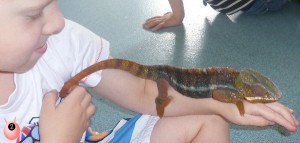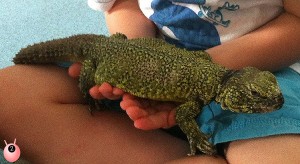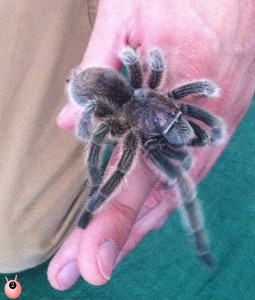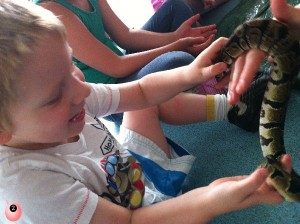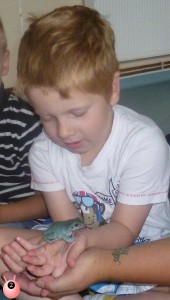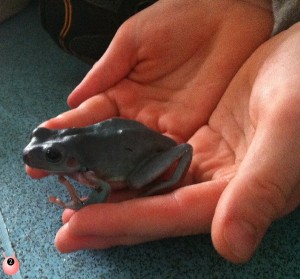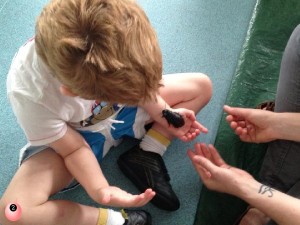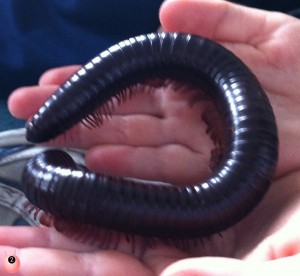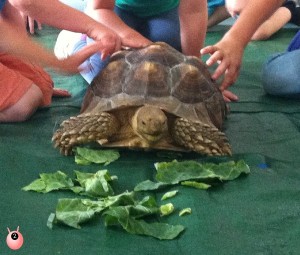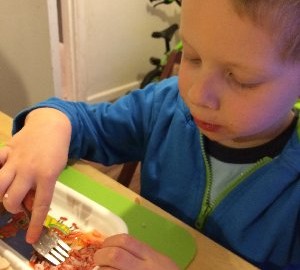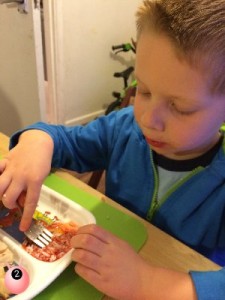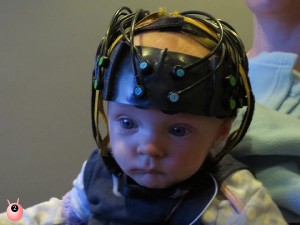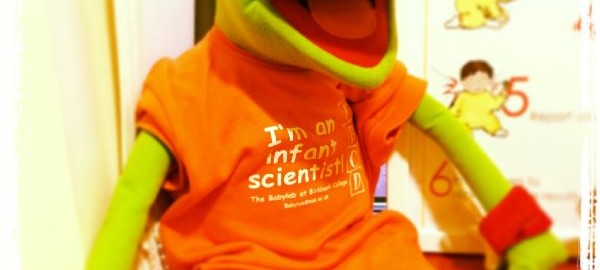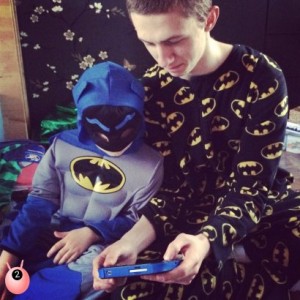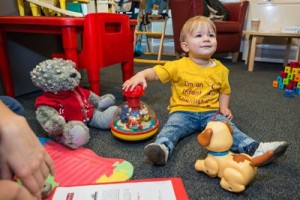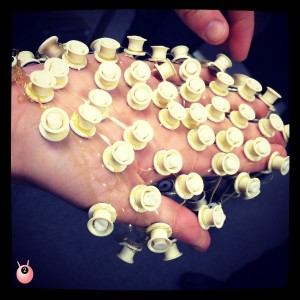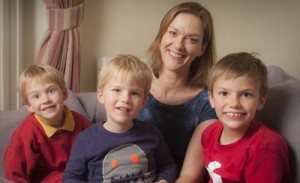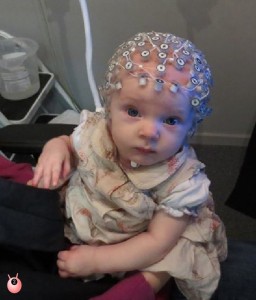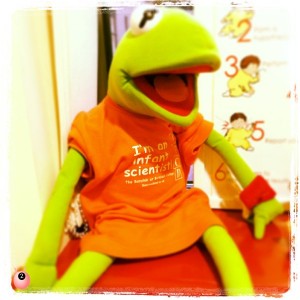Julia Donaldson’s Gruffalo is by far one of the best children’s stories ever written. It was one of the first bedtime stories to really grab our Sensory Seeker’s interest. This wasa lso the start of lengthening his attention span. The Gruffalo is so well written that it appeals to both adults and children. Our Sensory Seeker absolutely loved the Squash and a Squeeze Exhibition, so I just knew he would love to see The Gruffalo Live. The magic of seeing one of his favourite stories coming to life.

Trouble is with these sorts of performances is that you never know how he will cope. Will he be over stimulated with all the sensory input, will he make too much noise, or annoy people by keep needing to go to the toilet, will the disruption in routine be too much. I know I shouldn’t but I do worry what other people think, and me and my husband would hate to think that our son’s behaviour was disrupting the performance for someone else. I have taken our Sensory Seeker to a “Sensory Screening” at The Roses Theatre before. This meant that they cut the adverts and the lights wee low. Most importantly for me it meant that he could get out of his seat, make noises, clap his hands – do whatever he felt he needed to do and I did not feel uncomfortable. So when I discovered that there was a Relaxed Performance of The Gruffalo Live at Birmingham Town Hall this summer I knew we had to go.
Following on from their previous Relaxed Performance of What the Ladybird Heard in January, their Relaxed Performances have been very well thought out and are specially adapted with those on the Autistic Spectrum, with learning disabilities, sensory processing or communication disorders, and those in wheelchairs in mind.
Before you go to the Relaxed Performance of The Gruffalo Live
Preparation can play a key role in how a child copes with a visit – especially if they find change difficult to handle. I know that my son is a very visual learner so I appreciate the time and thought that has gone into the little touches to help him understand where he is going, and what will happen.
There is a short film available, which gives a preview of the historic concert hall. This shows what it looks like, and how you can get there, including disabled parking. It answers many questions that may be asked in order to plan the visit, showing things like the seating plan, facilities for those in wheelchairs, toilets, food and the chill out zone.
Closer to the time of the show (dates to be confirmed) there were be a free familiarisation tour of Town Hall to help get to know the venue, facilities and staff ahead of the performance. I am also really impressed with the visual storyboard of the performance to help the children prepare for the performance before and during the visit. This will soon be made available online to download and by mail or email upon request.

During the Relaxed Performance of The Gruffalo Live
There will be small changes made to the light and sound levels, while the attitude to noise and movement in the audience is more relaxed. There are also added wheelchair spaces, in addition to the standard seating plan, a chill-out zone away from the auditorium and they will keep some of the doors open in case people need to come and go during the performance. In planning for the relaxed performance, they have consulted with individuals knowledgeable in the areas of autism and learning disabilities, and will provide specialist training for their front of house staff, and a briefing to cast members.
Town Hall, Victoria Square, Birmingham, B3 3DQ, West Midlands, United Kingdom
£12 plus transaction fee* £2.50 transaction fee, plus £1 (optional) postage, will be charged on all bookings except purchases made in person at the Town Hall or Symphony Hall Box office.
This relaxed performance is very kindly supported by the Edward and Dorothy Cadbury Trust, The Eveson Charitable Trust, The Loppylugs and Barbara Morrison Charitable Trust, and The Saintbury Trust.
A relaxed performance is also planned for The Tiger Who Came to Tea (Sunday 11 January 2015).
You may also be interested in The Gruffalo Hunt
I am receiving free tickets to see The Relaxed Performance of The Gruffalo Live. All words and opinions are my own.
